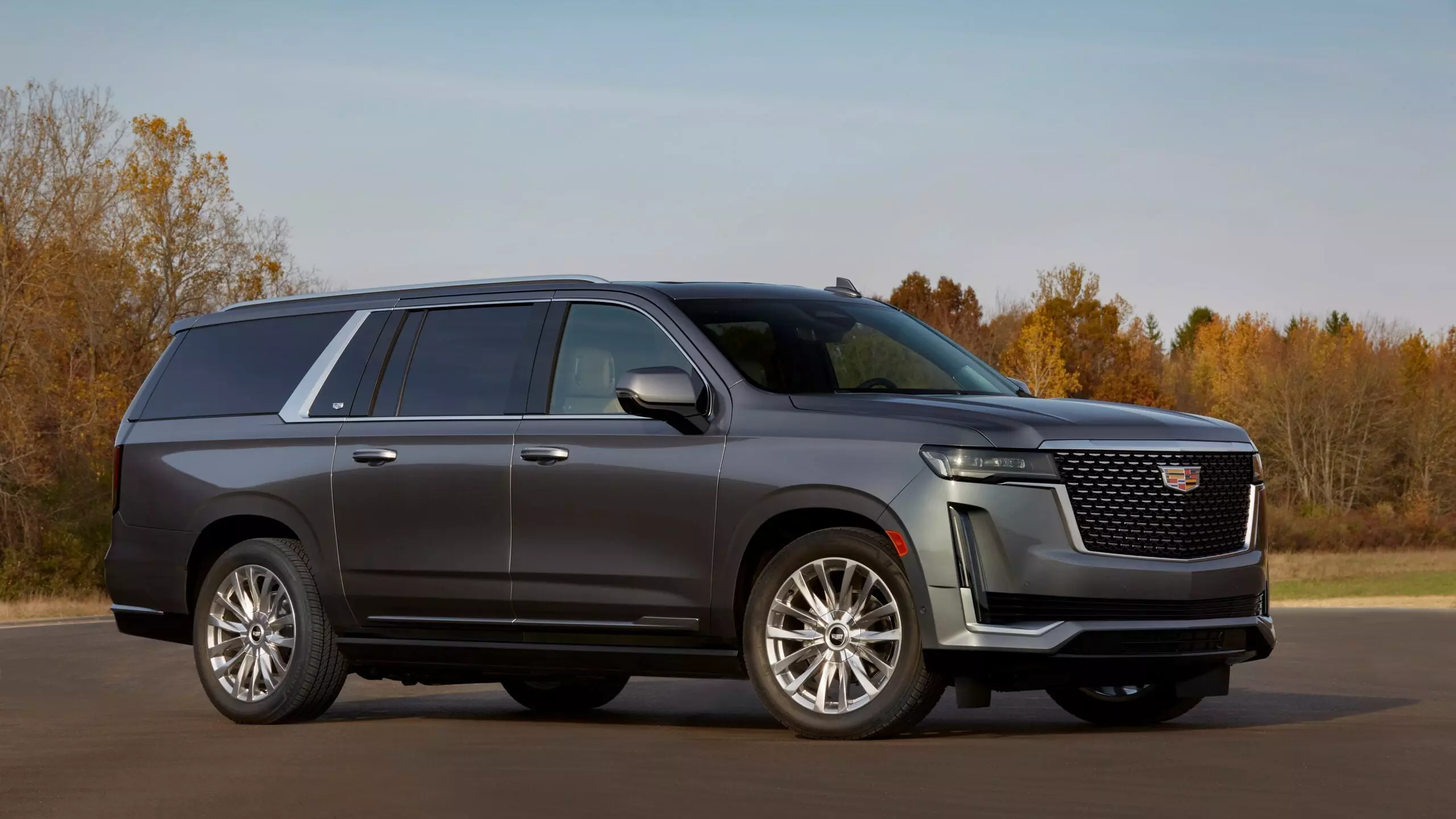The new car market is out of whack, and it’s not showing any signs of slowing down. Recently, the average new-car transaction has crested the $45,000 mark, according to a report from Kelley Blue Book (KBB). This can be attributed to several factors, including the types of vehicles sold, inflation, and incentive availability, among others.
Welcome to Headlight. This is a daily news feature that lights up one current event in the car world and breaks it down by three simple subheadings: What Happened, Why It Matters, and What To Look For Next. Look for it in the morning (Eastern time) every weekday.
What Happened?
For the month of September, Kelley Blue Book (KBB) reported that for the first time ever the average new-car transaction price has crossed the $45,000 threshold. This is up nearly four percent from August 2021, and more than 12 percent compared to September 2020. KBB claims that this is due to an all-time-low amount of new-car incentives and a market bias toward luxury cars and larger, more expensive mid-size crossovers and SUVs. Expensive trucks also played major roles in leading both Ford and Chevrolet averaging more than $50,000 in new-car transaction prices. It’s casually mentioned that people “…continue to pay near $100,000 for a new Cadillac Escalade.”
Why It Matters
The global economy is kind of overlooking a cliff right now, as talks of “stagflation” (stagnation and inflation), grow, likely as a result of the COVID-19 pandemic. Supply chains are out of whack and show little signs of improvement, the cost of goods is marching upward, but wages are staying flat. Although KBB says the increase in average price is due to gains in the luxury segments, comparing numbers among segments from say, 2017, shows that prices even among budget segments have risen. In 2017, KBB said that the average compact car sold for around 20,000. In 2021, now they’re selling for more than $24,000.
Coupled with the used-car crisis, car shoppers may find themselves in financial crunches when choosing new cars. Higher prices could mean longer loans, more interest, and less disposable income. Ford even recently changed the credit score requirements on certain loans in a play to attract more people to 84-month loans.
What To Look For Next
Our own research and the KBB article make it clear that new-car inventory will likely remain suppressed for some time. The chip shortage has not improved much, and Volkswagen recently said it expects that to continue into 2022. Plus, a potential magnesium shortage presents another challenge. Additionally, most new models in automakers’ pipelines have tended to be higher-priced battery-electric vehicles (BEVs), pickup trucks, and luxury vehicles. Sales remain healthy despite record low incentives and a lack of vehicles on lots. Unfortunately, you can likely expect the average transaction price to continue to march upward.









